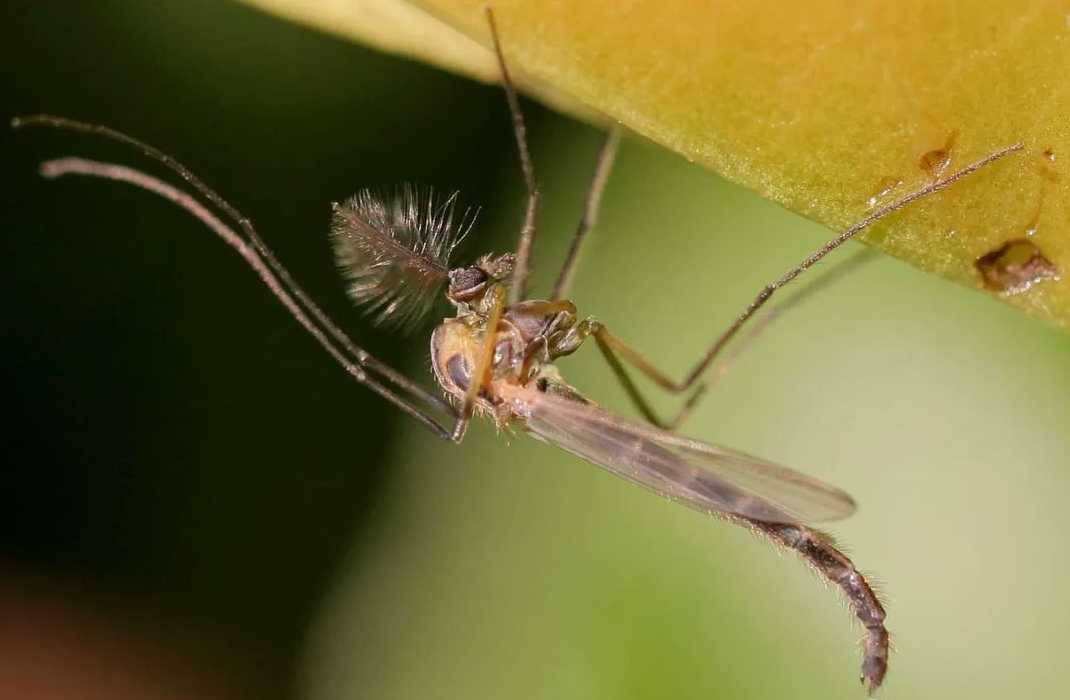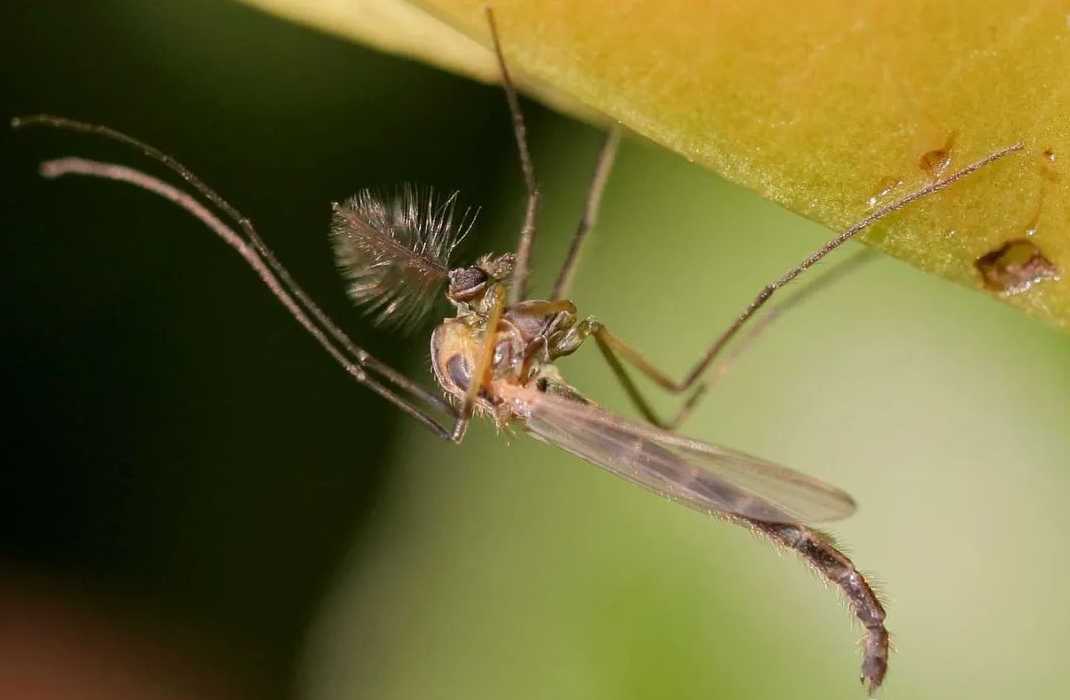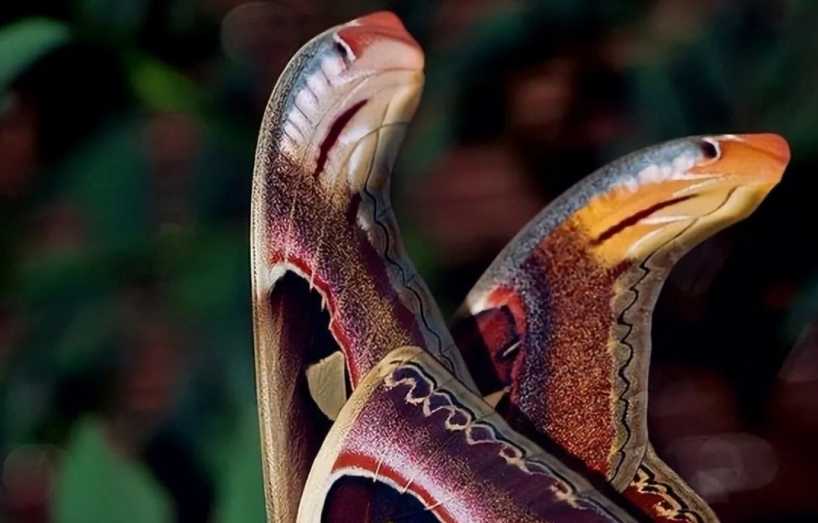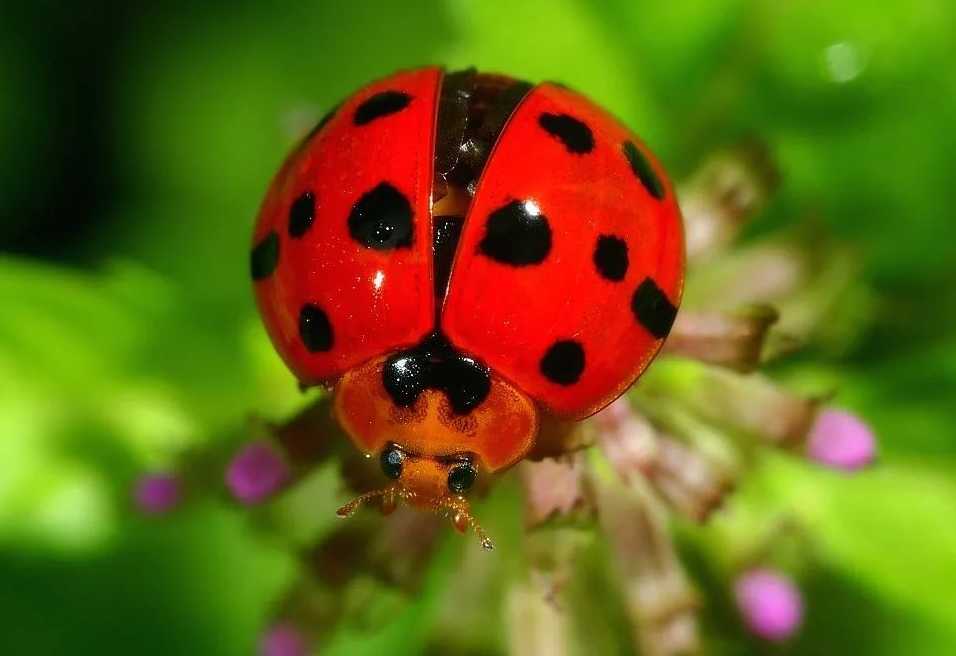Chironomids: The High - Speed Wing Beaters of Aquatic Ecosystems
Chironomids, commonly known as non - biting midges, rank among nature’s most astonishing wing beaters, with estimates showing they can flap their wings up to 63,000 times per minute. This incredible frequency, almost too rapid for the human eye to track, highlights their unique adaptation to aquatic environments. Yet their physiological resilience is even more remarkable: when the wing tips are truncated and they’re placed in a warm environment of 99°F (约 37.2°C), their wing beats can surge to a staggering 130,000 times per minute, a testament to their muscular and neural efficiency.

Source: Images from the Internet, if there is any infringement, please contact the removal of
These ubiquitous insects thrive in nearly all water bodies, from stagnant ponds to fast - flowing rivers, showcasing remarkable tolerance to varying water qualities. As dominant members of benthic invertebrate communities, chironomids make up over half of all bottom - dwelling invertebrates and account for 70% to 80% of the biomass in aquatic benthic ecosystems. Their larvae, often red due to hemoglobin - like pigments, serve as a critical food source for fish, amphibians, and waterfowl, while adults act as pollinators and nutrient transporters between water and land.
Beyond their ecological roles, chironomids serve as vital bioindicators. Their presence and abundance reflect water health—some species even tolerate polluted waters, making them useful for monitoring environmental degradation. Though mistaken for mosquitoes, they lack biting mouthparts, focusing instead on mating swarms and brief adult lives. From their record - breaking wing beats to their indispensable role in aquatic food webs, chironomids exemplify how seemingly ordinary insects can play extraordinary roles in sustaining ecosystems.
-------- END --------






